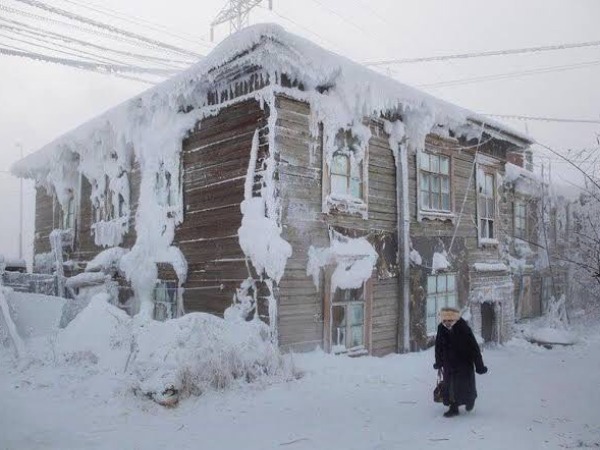
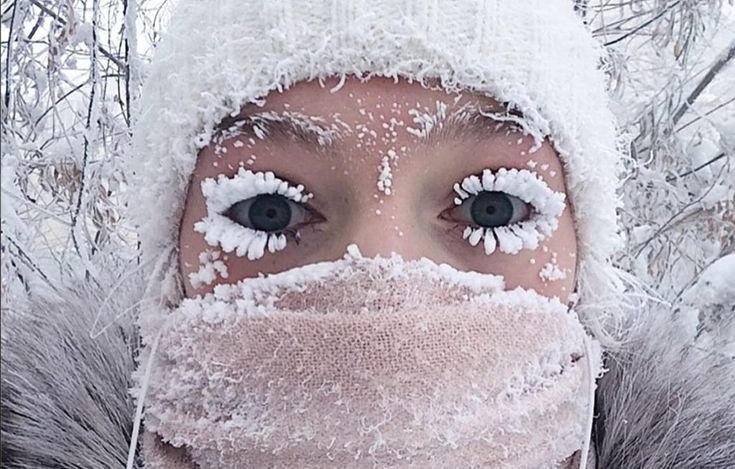
These places are so harsh that it seems impossible for anyone to live there.
People live in some of the harshest places on Earth despite extreme conditions that make these areas nearly uninhabitable.
From the frozen tundras of Russia to the scorching deserts of Africa, these locations challenge human endurance and adaptability. Yet, for various reasons communities have thrived in these environments.
Here are seven such places, and some of the reasons why people choose to live in these challenging conditions.
1. Mount Merapi, Indonesia
Mount Merapi, nicknamed Fire Mountain, is one of the most active volcanoes in the world. Despite frequent eruptions, nearly a quarter of a million people live on its fertile slopes.
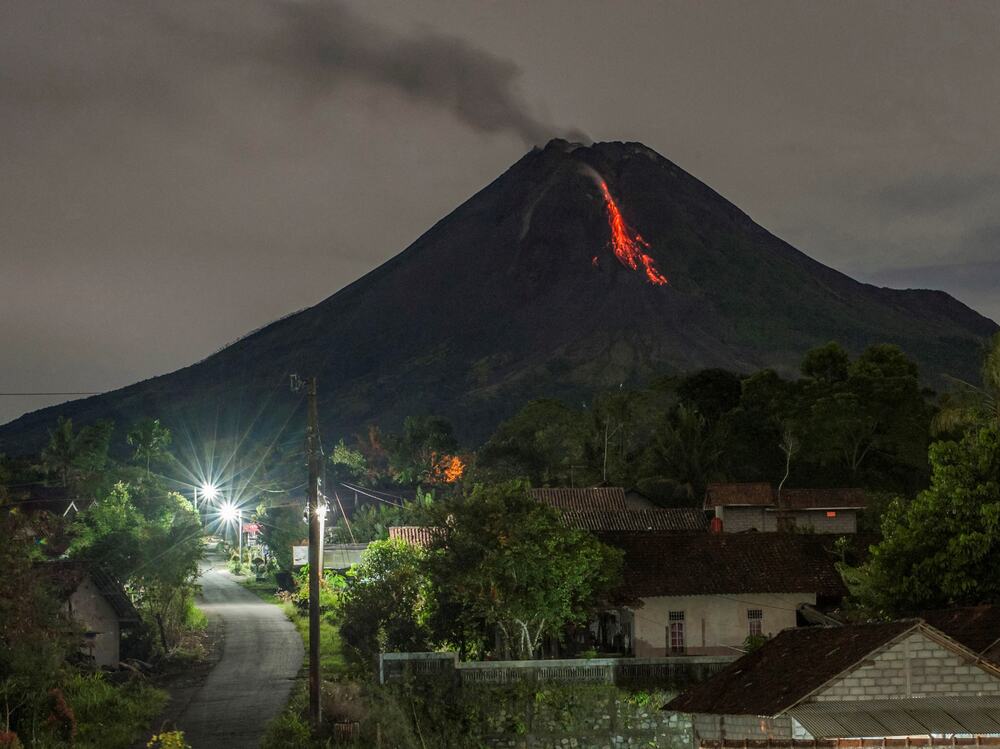
The volcanic soil is incredibly rich, making it ideal for farming. Residents have a deep cultural connection to the mountain, and many believe that its eruptions are a natural part of life. They use traditional methods to predict eruptions and evacuate when necessary, but the danger is always present.
2. Dallol, Ethiopia

Dallol holds the record for the highest average annual temperature, consistently above 40 degrees Celsius (104 degrees Fahrenheit). This former mining town, situated in the Danakil Depression, is one of the hottest and most inhospitable places on the planet. Despite the extreme heat and lack of resources, a small number of people continue to live here, primarily due to the mining opportunities in the area. The geothermal activity creates surreal landscapes, attracting geologists and adventurous travellers.
3. La Rinconada, Peru
At over 5,000 meters (16,400 feet) above sea level, La Rinconada is the highest permanent settlement in the world.
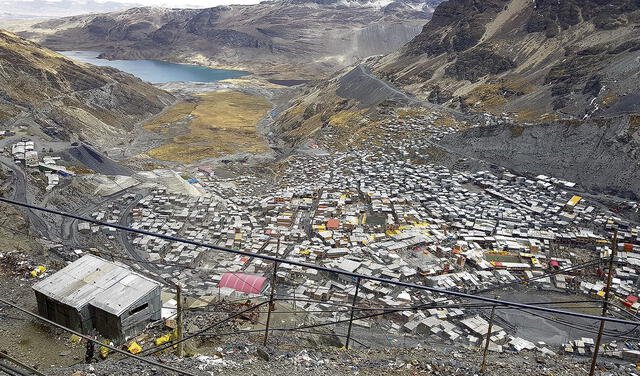
Living at such an altitude poses significant health risks, including altitude sickness and chronic hypoxia. However, around 30,000 people reside here, drawn by the promise of gold. La Rinconada is home to informal gold mining operations where miners work under harsh conditions, often without proper pay. They dig for a month and are then allowed to take whatever ore they can carry as their reward.
ALSO READ: We know the place with the 'worst weather' on the planet
4. Lake Kivu, Democratic Republic of Congo/Rwanda
Lake Kivu is one of Africa's Great Lakes, but it poses a hidden danger. The lake's depths contain vast amounts of dissolved methane and carbon dioxide, which could be released in a limnic eruption, endangering millions of lives.
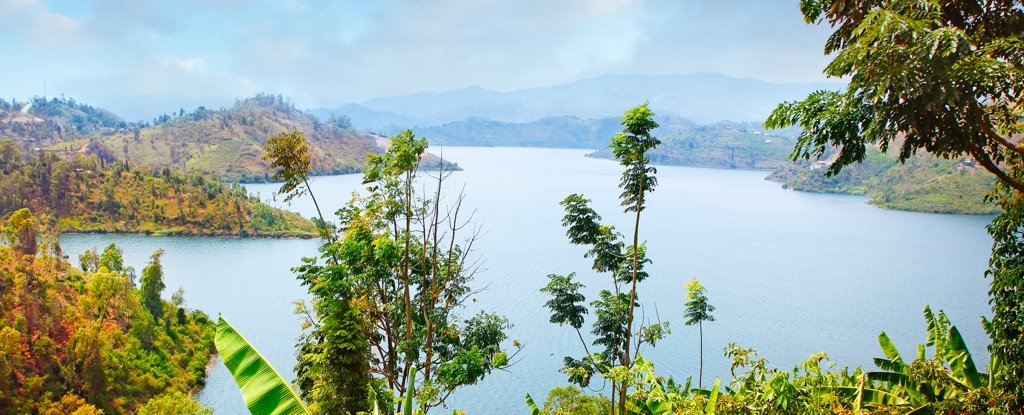
Despite this risk, over two million people live around the lake. They depend on its waters for fishing, agriculture, and daily needs. Scientists are working on ways to safely extract the gases to prevent a potential disaster, but the threat remains.
5. Oymyakon, Russia
Oymyakon, a frigid location in Russia, is known as the Pole of Cold. Winter temperatures can drop below -50 degrees Celsius (-58 degrees Fahrenheit).

Despite the brutal cold, this village is home to around 500 people. The community relies on traditional practices such as reindeer herding and ice fishing. Life in Oymyakon requires special adaptations, such as keeping vehicles running all day to prevent them from freezing and dealing with the unique challenges of extreme cold in everyday life.
ALSO READ: Top 10 most dangerous tourist attractions in Africa
These extreme places showcase the human ability to adapt to even the harshest environments. Whether driven by tradition, economic necessity, or simply the allure of home, people find ways to survive and thrive in conditions that seem unlivable.
This content was created with the help of an AI model and verified by the writer.
Read Full Story














Facebook
Twitter
Pinterest
Instagram
Google+
YouTube
LinkedIn
RSS